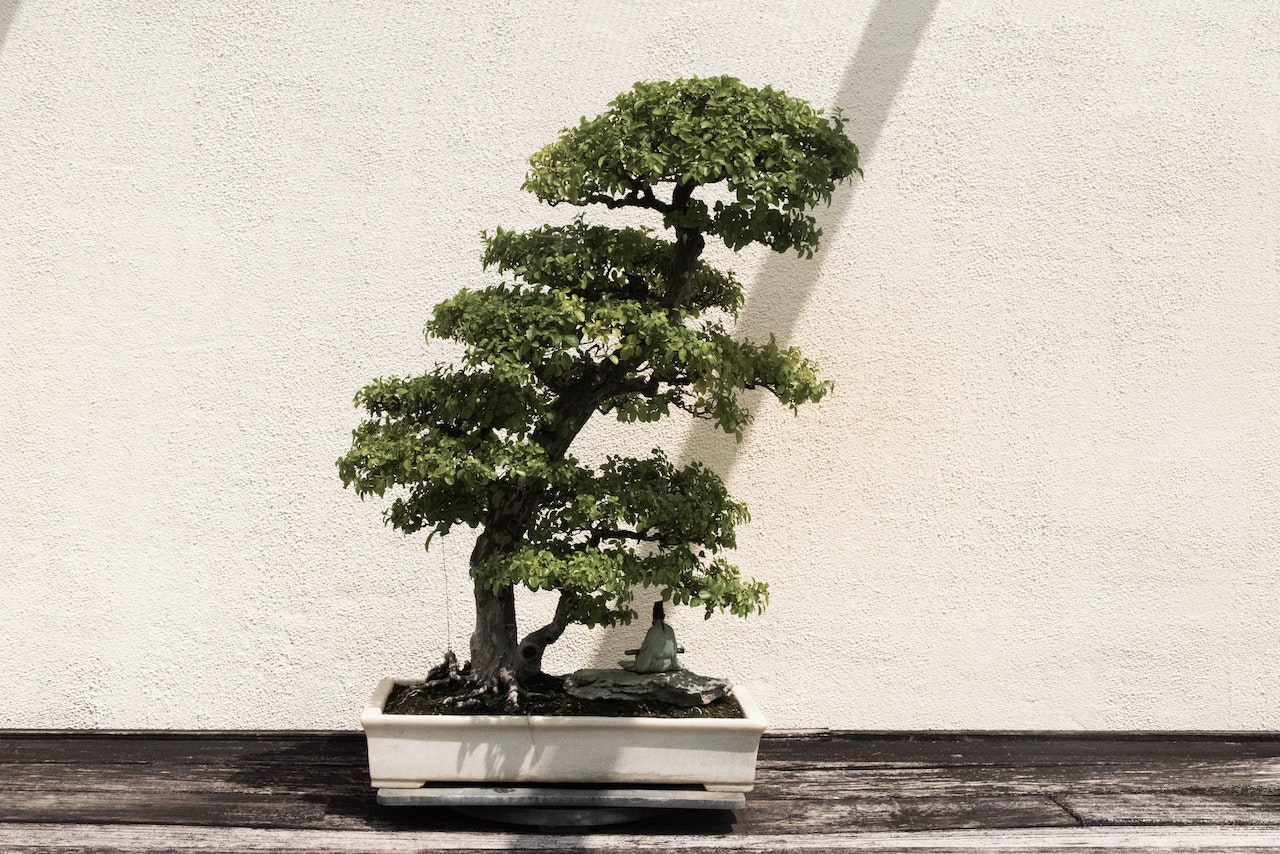If properly cared for and maintained, bonsai trees can live for hundreds of years. A Ficus tree estimated to be around 1000 years old is the oldest bonsai tree now known to exist.
However, if a person simply wants to know the bonsai tree’s actual age, how can they do it without having to split the trunk in two and count the rings?
You can’t chop down a bonsai tree to determine its age by counting the number of rings, as you can with regular trees. The best method for determining a bonsai’s age is to utilise the straightforward calculation diameter times growth factor equals roughly the age of the tree.
Learn more by reading on.
The Age of a Bonsai Tree
You can use a number of techniques to help you figure out how old a bonsai tree is. You must be aware that many bonsai trees may be very old. The age-to-size ratio is directly impacted by a variety of factors.
These bonsai trees develop in an extremely constrained setting. Aside from controlling the precise amount of soil, water, and nutrients to keep the small bonsai tree happy all year round, a bonsai container essentially creates the same type of habitat.
It is thought that bonsai trees and conventional trees that grow in constrained areas will ultimately outlive their species brethren in normal settings.
This is mostly because they won’t be able to achieve their maximum height owing to the other trees that exhaust their full energy and start to die back.
Japanese bonsai trees have been passed down through the centuries, and the most are considered to be hundreds of years old. Consider the age of your bonsai trees and maintain the stability of those tiny rings.
You may have learned the age-old way of calculating a tree’s age by simply counting the rings on a stump of a tree. However, you do not want to remove them from your garden because they are lovely.
Fortunately, there is a simple measurement that can be used to assess the age of live bonsai trees without having to chop them down in order to count the rings.
How to Determine a Bonsai Tree’s Age
Step One: Measure the Circumference
Simply wrap a measuring tape around the bonsai tree at a precise 1.5 inches above the ground. You must keep in mind that there are many factors other than age that might affect the size of a bonsai tree.
For instance, the bonsai tree may have faced intense competition. The soil may also have been overly fertile or simply very unproductive. The bonsai tree’s circumference is equivalent to its diameter in inches.
Step Two: Get the Diameter
After determining the circumference, you must now determine the diameter. And the circumference divided by 3.14 pi gives the diameter.
Step Three: Identify the Growth Factor
There are many internet resources that may provide you with the number for the particular breed of bonsai tree that you own. Finally, multiply the resulting diameter by the appropriate growth factor to determine the age of the tree.
Conclusion
It is important to remember that bonsai trees grow slowly. This means that even a tree that is only a few years old can look quite old.
A bonsai tree can live for many years if it is given the right care, so don’t be afraid to take care of your tree even if it is not as old as you would like it to be.
Bonsai Shop delivers bonsai starter kits in Australia! We also sell pots, tools, and accessories if you want to grow bonsai trees for yourself. Check out our e-book and starter kits today!
